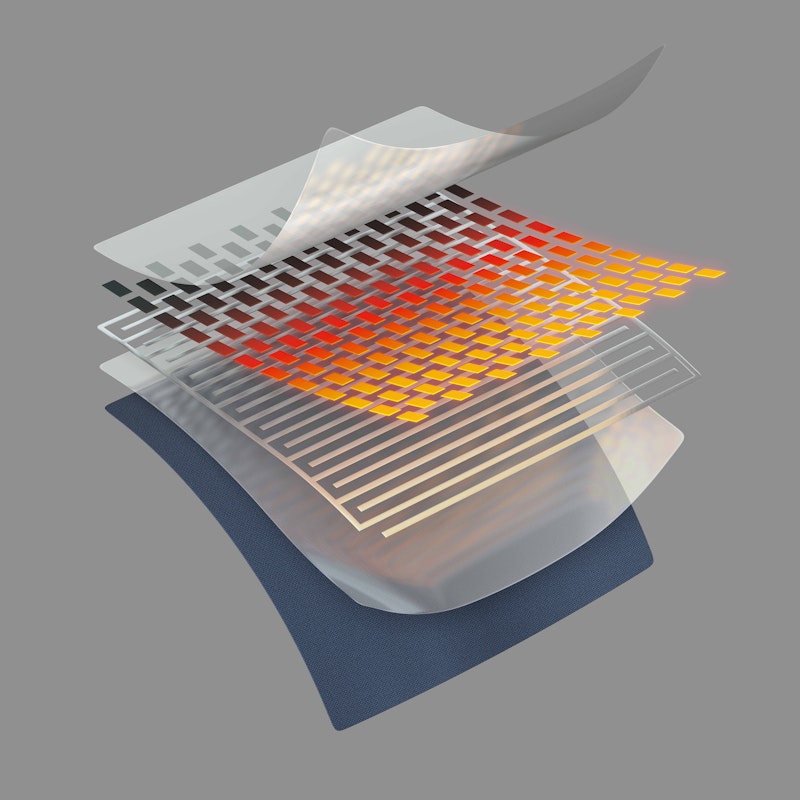Wearable Heating Technology
Individuals experiencing stiff and aching joints often feel nothing better than a little heat pressed on their pain. Such heat is often via rigid heating pads and wraps that do not distribute warmth evenly particularly if someone is moving around.
The heating pad/wrap inefficiency has prompted some researchers to seek better solutions which were described in a study recently published in ACS Nano Letters.
The solution provided involved a wearable heater with significant alterations. The development of the product involved modifying woven Kevlar® fabric with nanowires that conduct and retain heat as reported in their study.

When at a state of rest, the human body will still produce a good amount of heat. However, most of the heat is dissipated into the environment. This explains why clothing made for the winter and freezing temperatures is fabricated from thermal insulation materials that reserve heat close to the body.
To produce more warmth, researchers have examined the use of metallic nanowires as a “coat” on textiles producing heat via a small battery. Despite such improvements, researchers still need to develop material that maintained safety, good thermal conductivity, insulation, inexpensive, durable and flexible—so, they wondered if they could create something that could make a wearable heating device by integrating metallic nanowires into Kevlar®.
Kevlar® is actually a famous bullet-proof fiber utilized in multiple kinds of body armor.
Watch this short video below about Kevlar fiber:
The research team made copper-nickel nanowires between two Kevlar® sheets as the first step to creating wearable heater. They then went on and used resin containing reduced graphene oxide to fill the spaces between the nanowires encouraging uniform heating. The fabric was found to be strong, flexible, breathable and washable, while capable of absorbing impacts quite similarly to Kevlar®.
The study shed new light on using such wearable heat therapy for the advanced production of heated body armor for police and military personnel who perform their duties in freezing temperatures.
Source: Nano Letters









